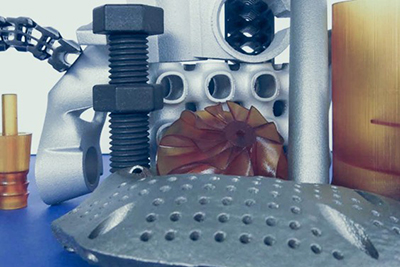What is the meaning of rapid prototyping?
Views: 724 Update date: Dec 13,2023
Rapid prototyping refers to the process of quickly creating a model or prototype of a product, system, or application to test and validate design concepts. The primary goal of rapid prototyping is to accelerate the development cycle by allowing designers, engineers, and stakeholders to visualize and interact with a tangible representation of their ideas early in the design process.Key characteristics of rapid prototyping include:
Speed: Rapid prototyping emphasizes quick turnaround times, enabling designers to create prototypes rapidly and efficiently. This speed helps in iterating through design concepts and incorporating feedback swiftly.
Visualization: Prototypes provide a tangible representation of the final product, allowing stakeholders to see and experience the design firsthand. This helps in identifying potential issues, refining designs, and making informed decisions.
Feedback: Rapid prototyping facilitates the gathering of feedback from users, clients, or team members. This feedback is valuable for making improvements, refining features, and ensuring that the final product meets the intended requirements.
Iterative Design: The iterative nature of rapid prototyping allows for multiple cycles of refinement. Designers can quickly make adjustments based on feedback and retest the prototype, leading to an improved and more user-friendly final product.
Collaboration: Prototypes serve as a common reference point for collaboration among multidisciplinary teams. Designers, engineers, and other stakeholders can communicate more effectively and work together to address challenges.
Proof of Concept: Rapid prototypes can also be used as proof of concept to demonstrate the feasibility of a design or to showcase a specific functionality. This is particularly valuable in innovation and research-driven projects.
Various methods and tools, such as 3D printing, computer-aided design (CAD) software, and simulation tools, are commonly employed in rapid prototyping. Overall, the aim is to reduce development time, minimize risks, and ensure that the final product aligns with user needs and expectations.




